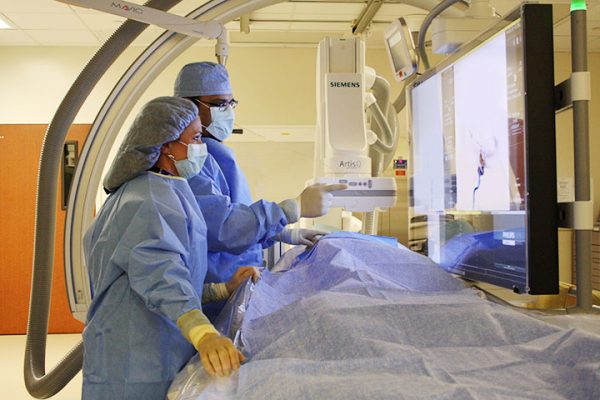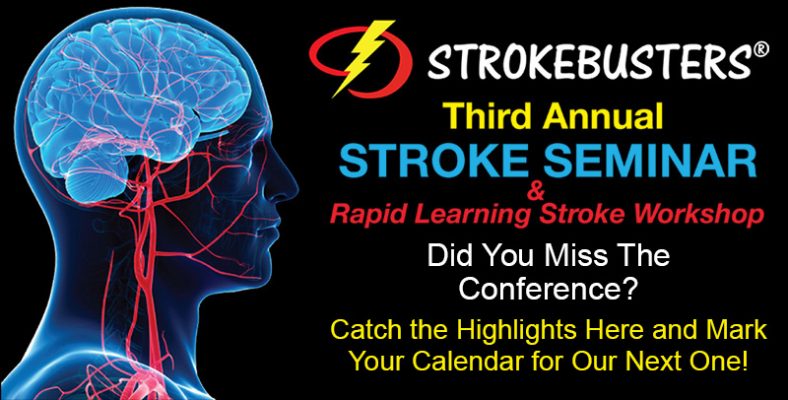While most other cells in the body can survive for up to an hour without blood, brain cells stop working within a matter of seconds, start dying after just five minutes, and do not regenerate.
The area of dead brain cells is called an infarct. Due to both the physical and chemical changes that occur in the brain with stroke, damage can continue to occur for several days. This is called “a stroke-in-evolution.”
There are three types of stroke:
- Ischemic Stroke;
- Hemorrhagic Stroke, and;
- TIA (transient ischemic attack) also known as mini-stroke.
Strokes can be classified into two main categories:
- About 85% are ischemic strokes, including TIA – strokes caused by blockage of an artery.
- About 15% are hemorrhagic strokes – strokes caused by bleeding.
Ischemic Stroke
An Ischemic Attack can occur in the brain when a blood clot (embolus) travels through the blood stream and eventually blocks an artery. This causes a cessation of blood flow to the brain. An embolus can be of various origins. Some of these include plaque from larger arteries, an irregular heart beat (atrial fibrillation), an infection, and blood clotting disorders known as hypercoagulable states, which cause an excessive amount of clotting of the blood. The lodged embolus quickly causes brain tissue to die, which can result in death or in disability, depending on location of the stroke.
Hemorrhagic Stroke
A Hemorrhagic Stroke (bleeding) is caused either by a brain aneurysm that bursts, or blood leaking into the brain from a weakened blood vessel. An aneurysm is a ballooning of a weakened region of a blood vessel. Untreated, the aneurysm eventually ruptures. Both instances cause blood to spill into surrounding brain tissue. This creates an accumulation of blood, swelling and pressure in the brain, damaging cells and causing brain tissue to die.
There are two types of hemorrhagic stroke:
- Intracerebral hemorrhage – bleeding within brain tissue, and;
- Subarachnoid hemorrhage (SAH) – SAH is frequently caused by ruptured aneurysm. When blood is released into the subarachnoid space, it irritates the lining of the brain and increases pressure on the brain, damaging brain cells.
Transient Ischemic Attack (TIA)
A TIA is a temporary episode of stroke-like symptoms that can last a few minutes up to 24 hours, but usually completely resolves itself, and causes no permanent damage or disability. It is also called a “Warning Stroke,” because up to 40% of people who experience a TIA ultimately suffer a stroke, about a third of those within a year. In TIA, the initial blockage causing the symptoms may become dislodged and travel on, alleviating the symptoms temporarily, but serving as notice that a full-blown stroke may be on the horizon. TIA should not be ignored and it warrants a full workup by your physician to identify all risk factors for stroke so that preventative measures can be implemented in a timely manner. TIA and stroke symptoms are the same and rapid action to treatment is the same.





